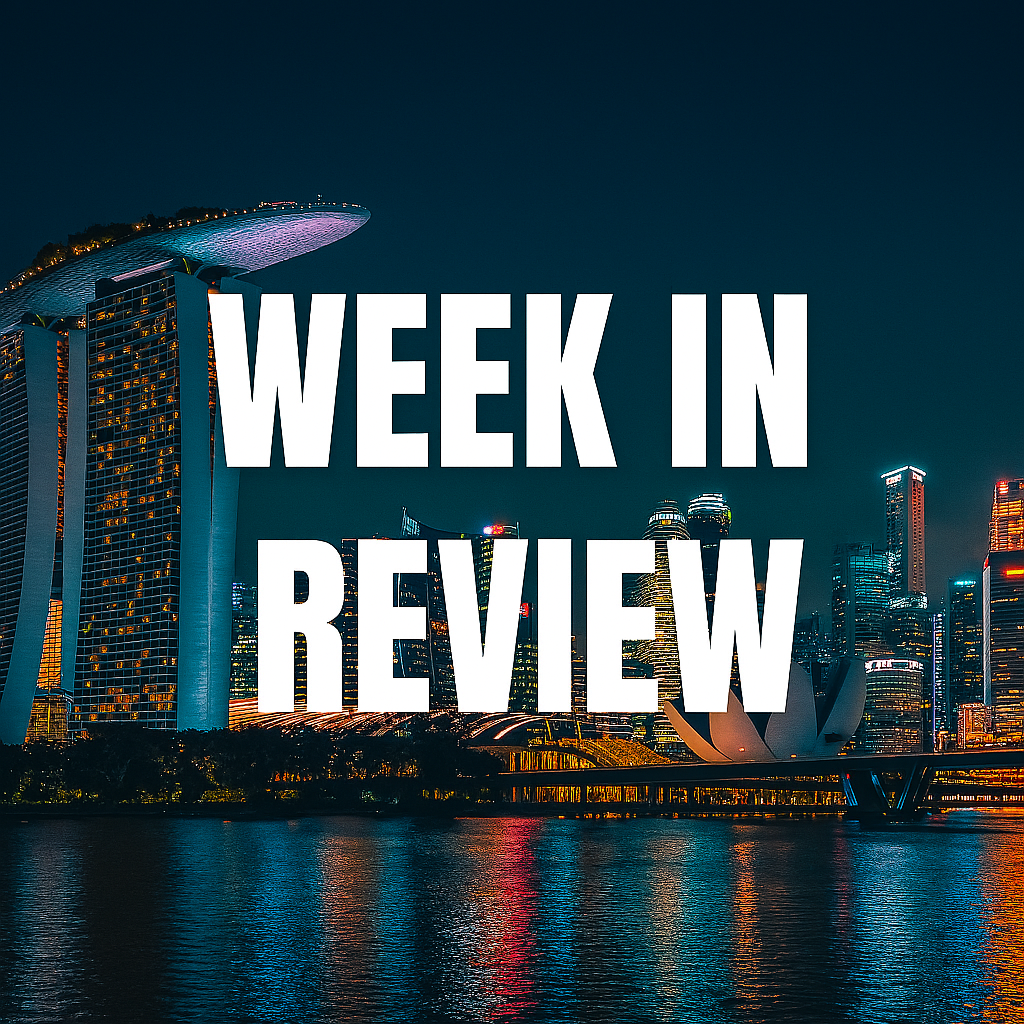🇺🇸 United States: Shutdown Hits Day 22 as Trump Refuses to Meet Democrats Until Government Reopens
The U.S. government shutdown entered its 22nd day on October 22, tying the 1995–1996 standoff as the second-longest in history. President Donald Trump reiterated his refusal to meet Democratic leaders until the government is reopened, stating, “I will only meet if they let the country open.”
The shutdown began on October 1 after Congress failed to pass a budget. At issue is the Democrats’ push to make Affordable Care Act tax breaks permanent, which Republicans argue should be debated separately from the budget. Over 750,000 federal workers remain furloughed, while essential personnel—including military, border patrol, and air traffic controllers—continue working unpaid.
National parks, museums, and food aid programs are facing closures and funding shortfalls, and SNAP benefits could run out by November. Flight delays have increased at major airports due to staffing shortages, and Social Security offices have reduced services.
Trump signed an executive order ensuring active-duty military pay, but civilian defense staff remain unpaid. The president’s hardline stance reflects a broader conservative push for fiscal discipline and border integrity, challenging what many see as bloated entitlement expansions.
With Democrats refusing to decouple health care from the budget and Trump holding firm, the shutdown risks becoming the longest in U.S. history if it is not resolved by November 5.
🇵🇭 Philippines: Tropical Storm Ramil Triggers Class Suspensions and Agricultural Damage
Tropical Storm Ramil (international name: Fengshen) disrupted life across Luzon and Visayas, prompting class suspensions on October 22 in Cavite and other provinces. The storm brought heavy rains and flooding, affecting over 133,000 people and displacing 13,700 residents.
Roxas City declared a calamity after nearly all barangays were inundated—a first in its history. The Department of Agriculture warned of widespread crop damage, particularly in rice-producing regions, which could impact food supply and inflation.
The government preemptively evacuated 28,470 individuals ahead of the storm, showcasing improved disaster protocols. However, critics argue that urban drainage systems and flood control infrastructure remain underfunded, primarily in provincial areas.
The storm also coincides with a rise in influenza-like illnesses, prompting health advisories and further class suspensions. Right-leaning analysts emphasize the need for localized resilience planning and private sector partnerships to reduce dependency on reactive aid.
🌿 Southeast Asia: Searca Photo Contest Highlights Agricultural Value Chain and Food Security
The Southeast Asian Regional Center for Graduate Study and Research in Agriculture (Searca) launched its 19th photo contest on October 22, spotlighting “Beyond the Harvest: People and Processes in the Agriculture Value Chain”.
Open to all Southeast Asian nationals, the contest seeks images that reveal the hidden labor and logistics behind food production—from sorting and packaging to market distribution and digital commerce. The initiative aims to humanize agriculture and promote regional food security.
Searca Director Mercedita Sombilla emphasized the importance of visual storytelling in policy advocacy, especially as Southeast Asia faces climate volatility, supply chain disruptions, and rural depopulation. Winners will receive up to $1,000 and be featured in regional exhibitions.
The contest reflects a strategic pivot toward agri-entrepreneurship and digital transformation, encouraging youth engagement and cross-border collaboration. Right-leaning observers see this as a soft power tool to reinforce regional self-reliance amid global food instability.
🗾 East Asia: Japan’s New Cabinet Faces Market Jitters as SoftBank Shares Plunge
Asia-Pacific markets dipped on October 22, with Japan’s Nikkei 225 falling 0.48% following a 5% slump in SoftBank shares. The decline came despite Japan’s September export rebound of 4.2%, which missed expectations.
The market is digesting the formation of Prime Minister Sanae Takaichi’s new cabinet, which was sworn in on October 21. Takaichi, known for her hawkish defense stance and pro-business policies, faces skepticism over her ability to stabilize markets amid global headwinds.
SoftBank’s plunge reflects investor unease over tech valuations and debt exposure, especially as the firm pivots toward AI and robotics. Meanwhile, South Korea’s Kospi rose 0.3%, buoyed by activist pressure on LG Chem to initiate board reforms and share buybacks.
Right-leaning analysts argue that Japan’s leadership must prioritize industrial competitiveness and energy independence, especially as China’s influence grows and U.S. protectionism intensifies.
🌏 Asia Pacific: Regional Markets Retreat Despite U.S. Rally, India Closed for Diwali
Asia-Pacific markets retreated on October 22, despite a record-setting session on Wall Street. Japan’s Nikkei led losses, while South Korea’s Kospi and Hong Kong’s Hang Seng posted mixed results.
India’s stock exchanges were closed for Diwali Balipratipada, giving traders a break after a volatile week. Meanwhile, LG Chem shares surged 10% in South Korea after activist Palliser Capital called for board reforms and a buyback.
The cautious mood reflects concerns over trade data, leadership transitions, and sector-specific volatility. Japan’s new cabinet and SoftBank’s reversal weighed heavily, while Hong Kong’s Pop Mart defied the trend with strong Q3 earnings.
Right-leaning economists warn that the Asia-Pacific’s resilience depends on deregulation, energy reform, and strategic decoupling from Western monetary cycles. The region’s divergence from U.S. optimism underscores the need for regional self-determination in economic planning.




